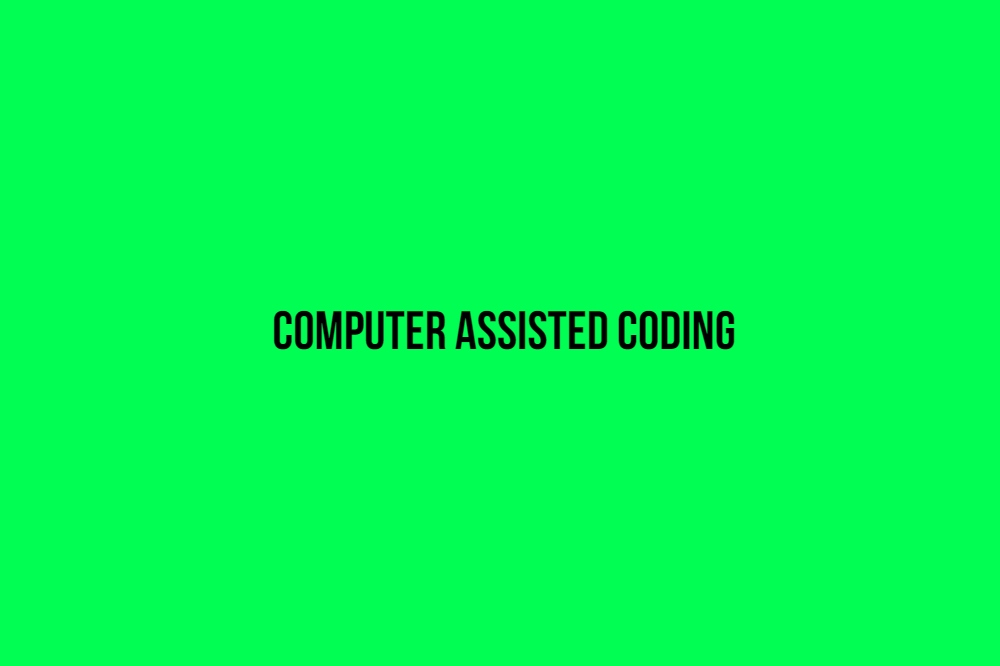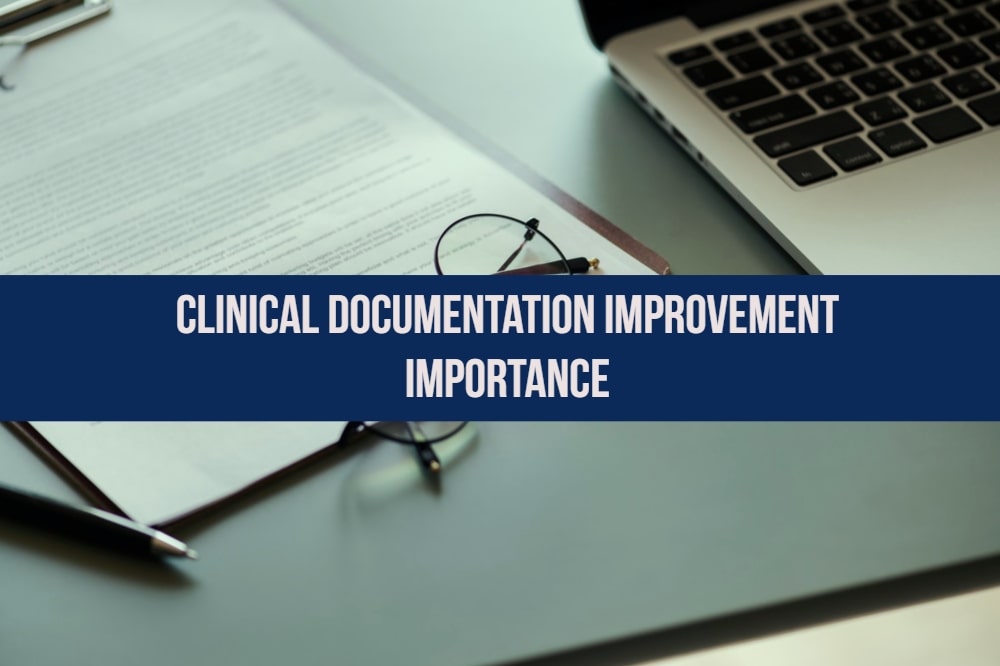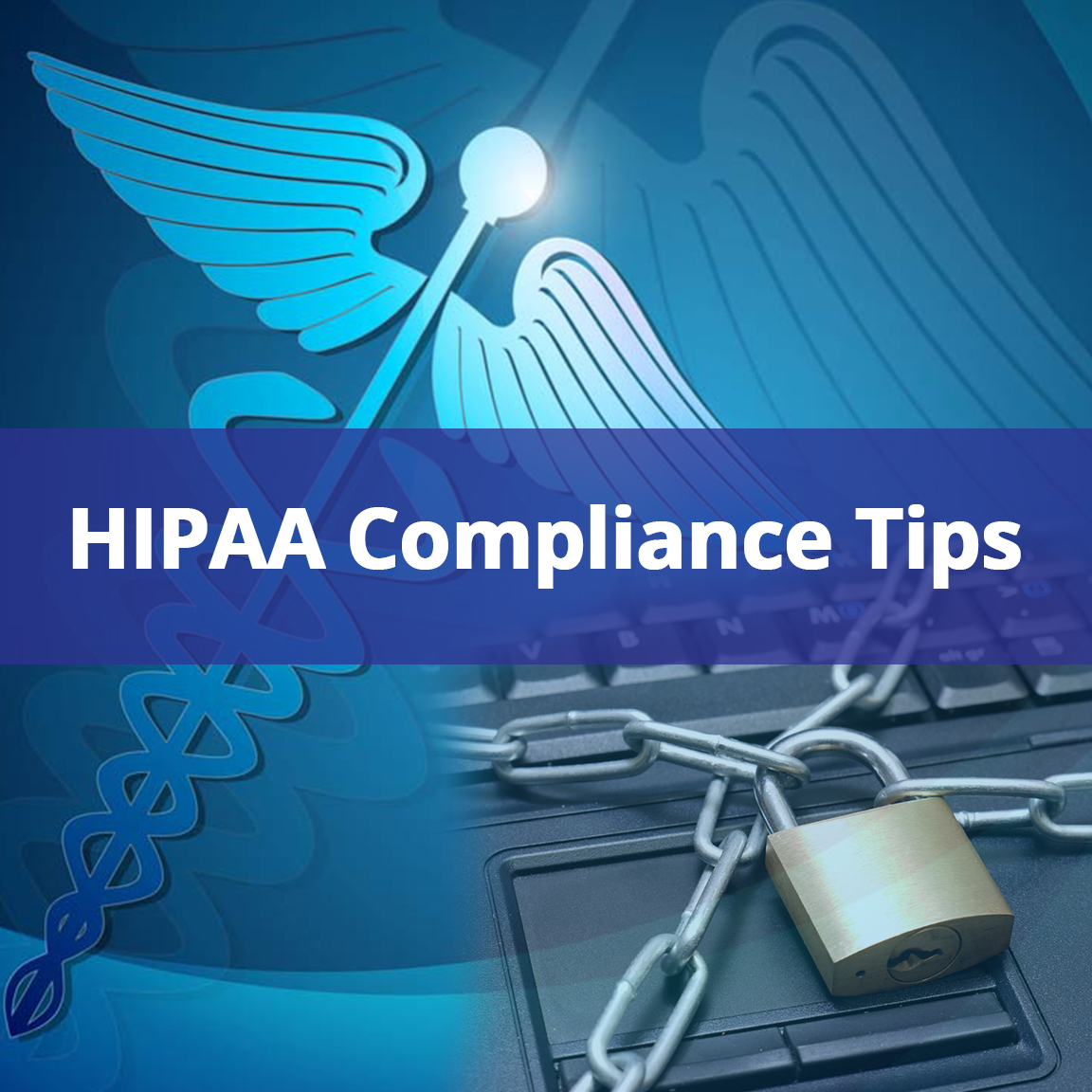Computers are now an integral part of our daily lives – in fact it is very difficult to trace an aspect of our lives that is not touched in some form or other by computers and/or computer assisted work. While there will always be debates on the advantages vs. disadvantages of allowing machines to take over human work, one aspect is non-deniable – a computer is faster at, well, computing.
The healthcare industry has not only adopted computers in a big way – they are also responsible for a large number of developments and advancements in the field of computer programming and artificial intelligence (AI). AI is used in many areas of the healthcare industry. One of its applications, Machine Learning (ML) is used in computer assisted coding.
Will CAC replace Human Coders?
A lot has been written and discussed about computer assisted coding as a killer of human coding jobs. Despite the refinements in ML, humans will always be needed for coding work. To substantiate the statement, let us understand how ML works. Using algorithms to identify language patterns to assign codes, ML learns from the human coder’s interaction with the assigned codes. However, ML and its rule based application can, and does, make mistakes. For example, it may use the word effusion from a knee x-ray and assign it a code for pulmonary effusion. Unless a human coder intervenes and adjusts the rule, the CAC will continue to make the same mistake every time. Hence, it is safe to say that human coders will never be replaced by CAC.
The benefits of CAC
There can be no doubt that there are numerous benefits of CAC. Some of these benefits are: increased coder productivity, coding accuracy, consistency in the coding process, better transparency and improved compliance.
Computing speed is the key to better productivity. Add to this the elimination of repetitive manual tasks such as identification of duplication, looking up and selecting codes and document storage and retrieval. Reduced time per transaction converts to better productivity.
Since CAC is rule based, human error is ruled out in the coding process. This provides for more accuracy in coding and a decrease in denials and audits. It also helps in eliminating under coding and thus ensures correct reimbursement.
ML will use the same algorithms and rule every time over multiple coding resources. Consistency is a hallmark of CAC and produces consistent coding results.
CAC provides coding results based on the provided documentation. This increases transparency and traceability and helps with managing the coding process by providing the work flow that produced the coding result.
Better accuracy and transparency in coding leads to better compliance. Better compliance leads to fewer denials and audits.
CAC and MedConverge
Using the latest in technology and CAC, MedConverge ensures that your coding and billing requirements enjoy all the benefits of CAC. Irrespective of your document format, our NLP based systems can accept your clinical documentation and feed the coded data into your system. To further ensure that there are no errors (remember the ML example above), our certified coders review the codes generated by the CAC system and validate them. To know more about our coding and billing services, log on to https://www.medconverge.com/
References
- Cindy Doyon, R. (2013, February 05). Advantages of Computer-Assisted Coding in the ICD-10 Environment . Retrieved September 19, 2018, from www.icd10monitor.com: https://www.icd10monitor.com/advantages-of-computer-assisted-coding-in-the-icd-10-environment
- computer assisted coding pros and cons. (2018). Retrieved September 19, 2018, from www.scoop.it: https://www.scoop.it/t/computer-assisted-coding-pros-and-cons
- Crawford, M. (2018). Truth about Computer-Assisted Coding: A Consultant, HIM Professional, and Vendor Weigh in on the Real CAC Impact. Retrieved September 19, 2018, from www.library.ahima.org: http://library.ahima.org/doc?oid=106663#.W6MtzvnhXIU
- Gail Barackman, C. C. (2018, June 15). Machine learning in computer-assisted coding: It’s just not human. Retrieved September 19, 2018, from www.3mhisinsideangle.com: https://www.3mhisinsideangle.com/blog-post/machine-learning-in-computer-assisted-coding-its-just-not-human/
- The Pros and Cons of CAC. (2018, April 25). Retrieved September 19, 2018, from www.acdis.org: https://acdis.org/articles/book-excerpt-pros-and-cons-cac



